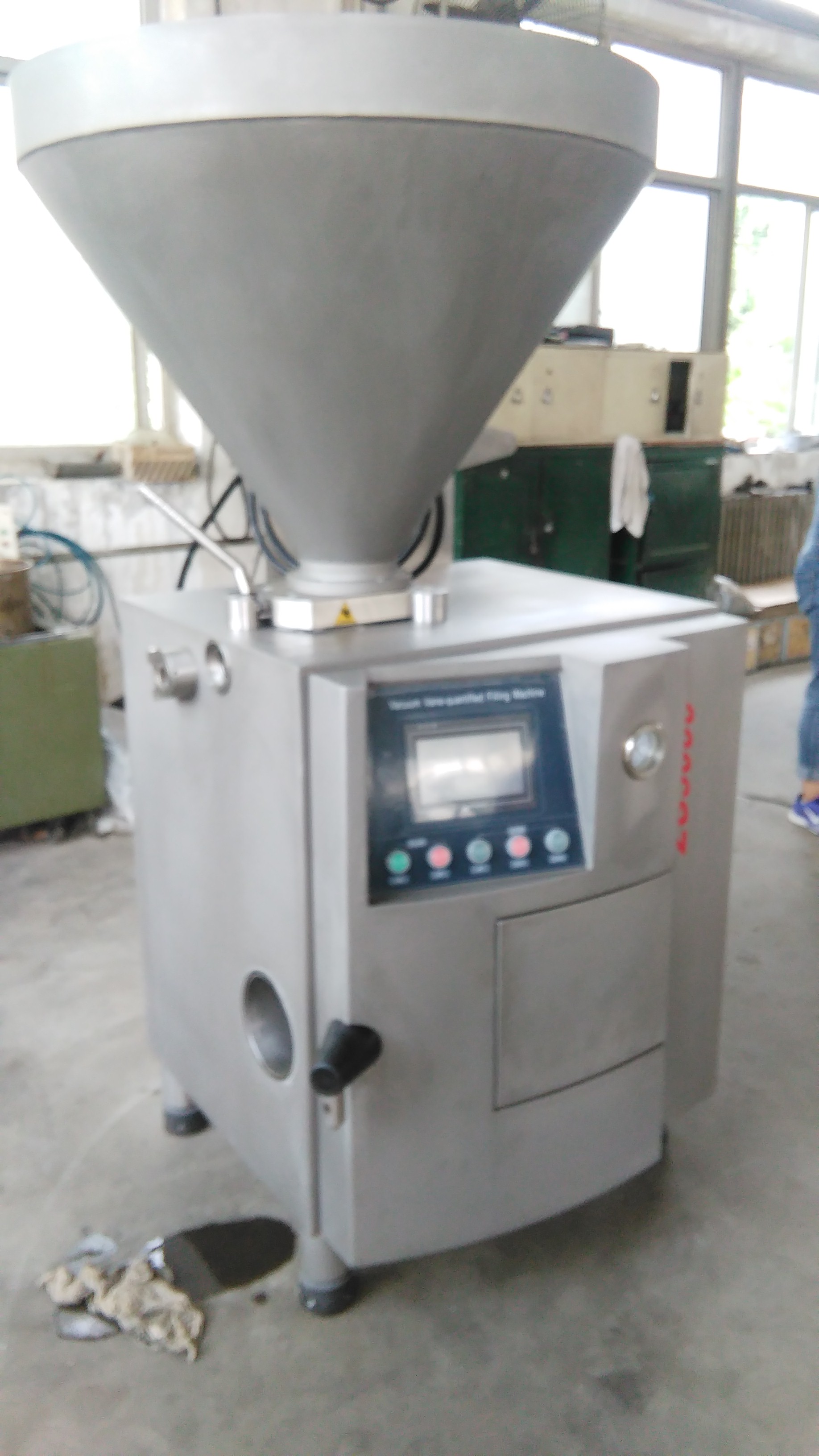
Jul . 26, 2024 21:23 Back to list
Efficient Meat Bowl Cutting Machine for Precise Chopping and Enhanced Food Processing Performance
The Innovation of Meat Bowl Cutting Machines
In the ever-evolving food processing industry, efficiency and precision are paramount. One of the standout innovations that have significantly streamlined meat processing operations is the meat bowl cutting machine. This advanced equipment plays a critical role in transforming raw meat into finely cut portions, ensuring consistency in texture and flavor while optimizing the workflow in commercial kitchens and meat processing plants.
Meat bowl cutting machines are designed to provide a high degree of versatility, accommodating various types of meats, including pork, beef, and poultry. Unlike traditional cutting methods, which can be labor-intensive and time-consuming, these machines offer a mechanical approach that increases productivity. The design typically includes a rotating bowl and sharp blades that cut the meat into desired sizes and shapes. This allows meat processors to produce fine pastes or distinct chunks as needed for different culinary applications.
One of the significant advantages of meat bowl cutting machines is their ability to maintain the quality of meat. The precise cutting technique employed by these machines minimizes the generation of heat, which is a common concern with manual cutting methods. Excessive heat can lead to the degradation of meat fibers and compromise the overall quality of the product. Moreover, the controlled environment of a bowl cutter reduces the risk of contamination, ensuring that hygiene standards are upheld throughout the cutting process.
The technology behind meat bowl cutting machines has advanced significantly, incorporating features such as programmable controls and various cutting speeds. Operators can adjust settings to achieve specific cutting results, allowing for a tailored approach based on production needs. This customization ensures that different meat products can be processed efficiently, whether the requirement is for coarser cuts for sausages or finer textures for pâtés and spreads.
meat bowl cutting machine

Another crucial aspect of these machines is their ability to reduce labor costs. With fewer personnel required for meat preparation and a machine that operates at high efficiency, companies can see a substantial return on investment. This makes meat bowl cutting machines an attractive option for both small-scale processors and large meat production facilities looking to enhance their operational capabilities.
Furthermore, the health implications of using a meat bowl cutting machine cannot be overlooked. By ensuring more uniform cuts, these machines help in the precise cooking of meats, thereby promoting food safety. Even cooking reduces the likelihood of undercooked or overcooked areas, which is essential for both consumer satisfaction and compliance with food safety standards.
In addition to performance benefits, the design and ease of operation of meat bowl cutting machines have improved considerably. Many models are now equipped with user-friendly interfaces and safety features to protect operators during use. The emphasis on safety is crucial in fast-paced production environments where efficiency must not come at the cost of worker safety.
As the food industry continues to embrace automation and technological advancements, the meat bowl cutting machine stands out as a vital tool for meat processors. Its capacity to produce high-quality meat products quickly and efficiently aligns perfectly with the demands of modern consumers for consistent and safe food options. With continued innovation, the future of meat preparation looks promising, driven by machines that embody both efficiency and excellence in food processing.
In conclusion, meat bowl cutting machines represent a significant leap forward in the meat processing sector, providing enhanced efficiency, product quality, and cost savings. As this technology evolves, it will undoubtedly play an essential role in shaping the future landscape of the food industry.